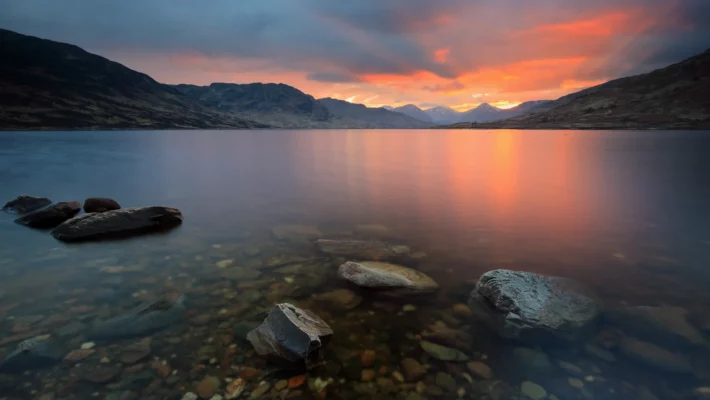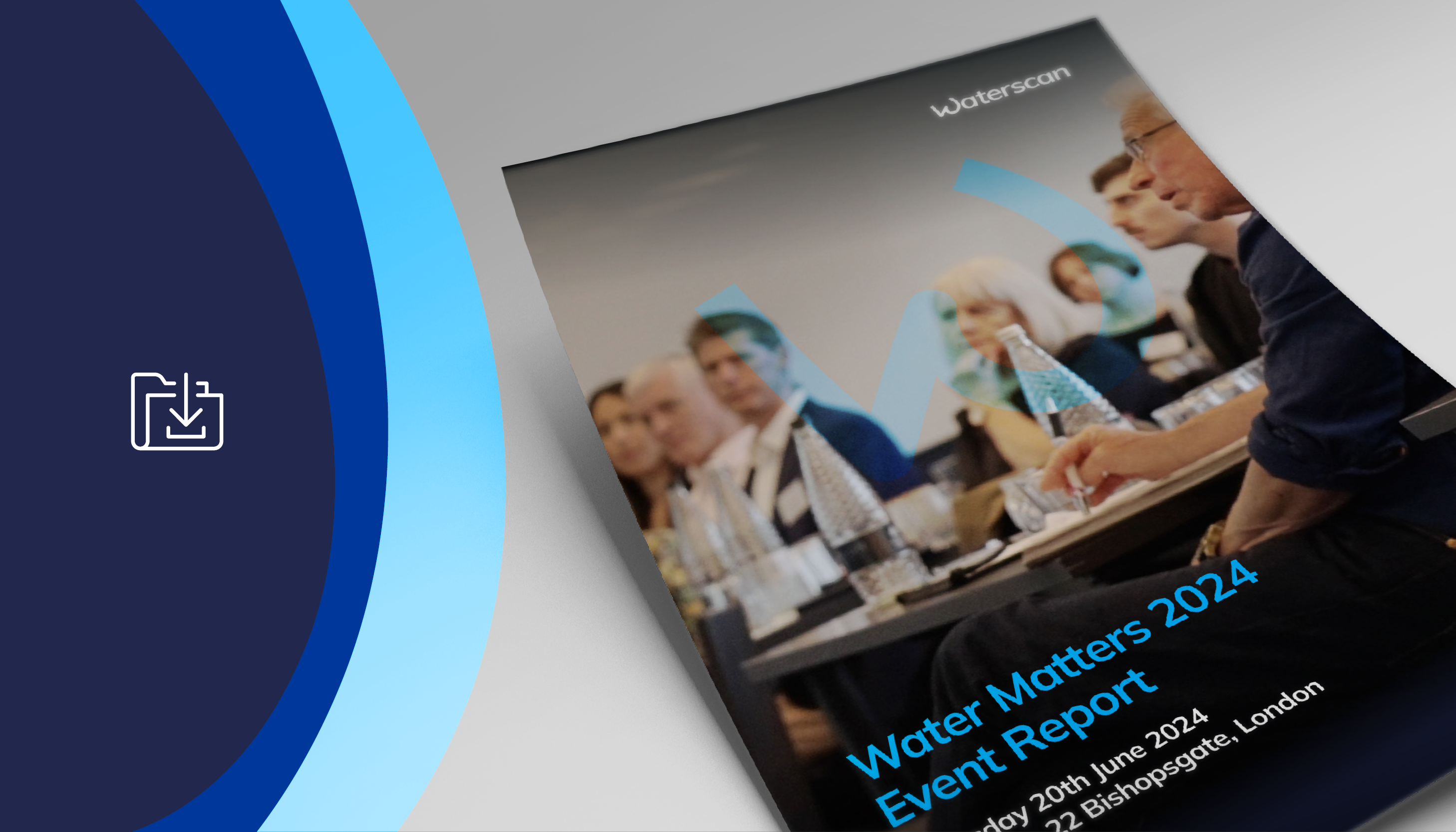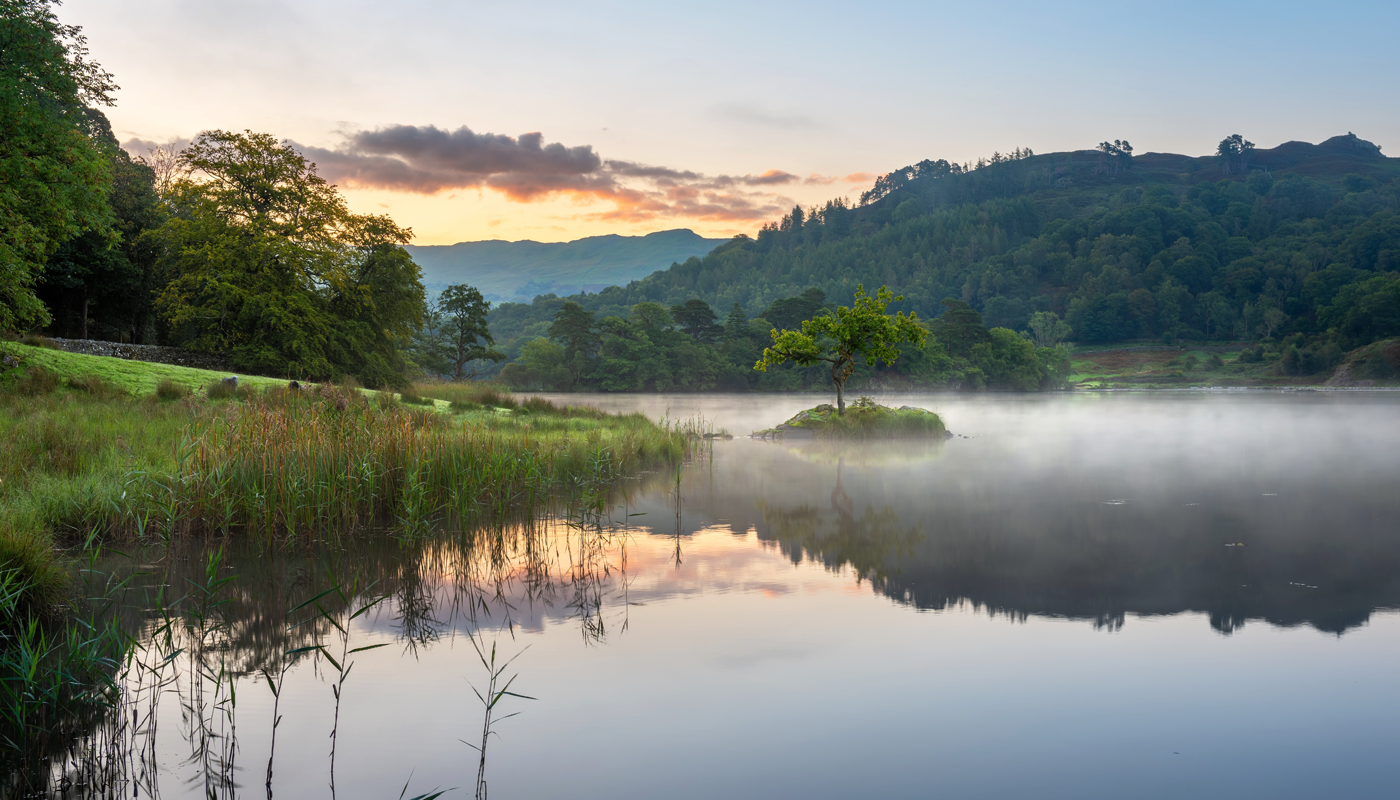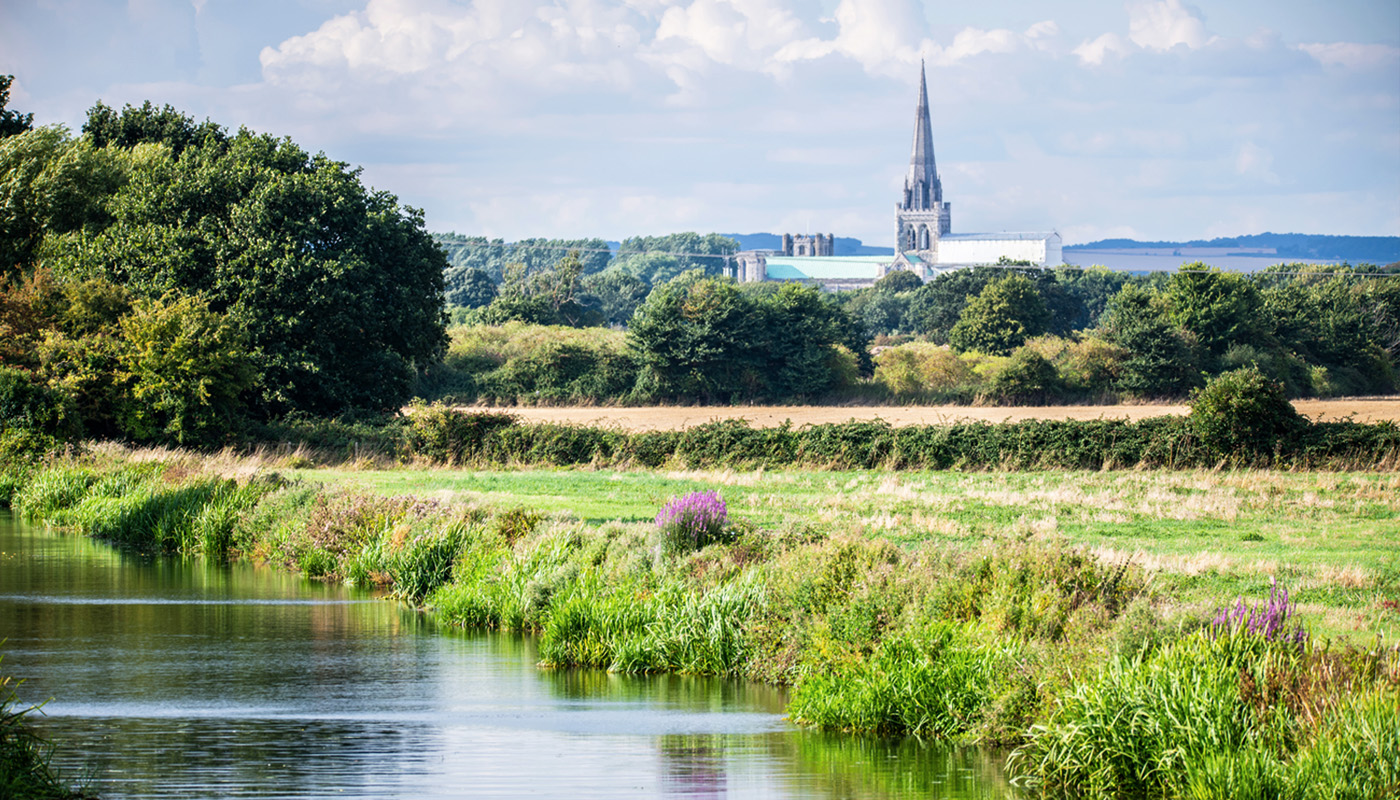The water industry is the first sector in the UK to commit to achieving net zero carbon emissions by 2030.
That’s twenty years ahead of the 2050 target that the government has set for the country. Proud of this bold stance? You bet!
It might not be immediately obvious, but water companies use a lot of energy to treat water, pump it to and from supply points and then treat it again before returning it to the water table. This supply and processing of water and wastewater means that the industry is the fourth most energy intensive in the UK, responsible for 2,266 kilotons of carbon dioxide each year (and this doesn’t even take into account the energy used to manufacture, transport and install water network assets like pipes and tanks).
The water sector has taken significant steps to reduce gross operational emissions, cutting them by 43% since 2011, despite the growing population and the challenges of climate change. Widespread measures taken to achieve this have included: water companies generating renewable energy from sewage gas, solar panels and wind turbines; a public awareness drive to encourage the use of tap water over energy-intensive bottled water; tackling network leakage; and planting trees to offset impacts. There’s clearly more to be done, but these proven actions are an excellent step in the right direction.
What’s particularly interesting about the industry-wide net zero target is that all trading parties – retailers and wholesalers – are pulling together to achieve it. It is a shared commitment, even though their individual contributions to the emission problem differs considerably from area to area, company to company. Often, these variances are outside of their control for reasons like population density generating greater demand, or the natural terrain requiring complex network mapping. Hence, the collaborative net zero effort will require each company to implement different carbon saving measures and solutions based on their own specific strengths and weaknesses. Importantly, each will be held to account by regulator Ofwat to ensure they stay on course.
Building on the direct impact of carbon reductions, the industry intends to share its learnings with other major energy-using industries in a bid to help them deliver their own net zero ambitions.
I know I can speak for all us here at Waterscan when I say that I’m proud to be part of a nationwide solution rather than adding to the problem and we were motivated even further by our presence at the Net Zero Festival recently. It was inspiring to hear how so many companies across wide ranging sectors are tackling and overcoming their specific challenges. We were particularly encouraged to hear how Yorkshire Water is actively including its business customers, such as Birds Eye and its local breweries, in its work to decarbonise its network. This is a great example of how an organisation can embrace the complexity of its net zero goal, leverage relationships with customers and stakeholders to achieve it, and then allow those parties to collectively reap the benefits.
Alongside our own impacts as a company, we’re also working hard with our customers to help them with their own sustainability pathways. Several, including Sainsbury’s and the John Lewis Partnership, have made firm commitments to net zero and, importantly, recognise water efficiency as an integral issue to tackle.
Sainsbury’s became a Self-Supplier in the water retail market this year. It’s Utilities and Carbon Reporting Manager, Amy Blackwell, told MOSL recently: “Entering the market from an administrative point of view was relatively straightforward. We received great support along the way. Of course, there are hurdles to jump, but we had a clear vision of what we wanted to achieve. It was great that we had just launched our Net Zero Strategy, so internally we were able to show not only financial benefits, but how Self-Supply would assist in achieving our ambitions.”
Meanwhile, John Lewis Partnership has bought its net zero target forward by a remarkable fifteen years, committing to becoming a net-zero business by 2035, replacing its original plan to achieve this by 2050.
Although it’s been a challenging year for businesses in so many ways, financial year-end will roll round quickly now, and with this often comes a requirement for annual sustainability progress reporting. If your year-end is March, it’s not too late to act on water! Once you’ve got full visibility of your water consumption across your business, finding your own pathway to water efficiency becomes clear and achievable. With a direct impact on reducing your carbon emissions too, you’ll be one step closer to net zero.




